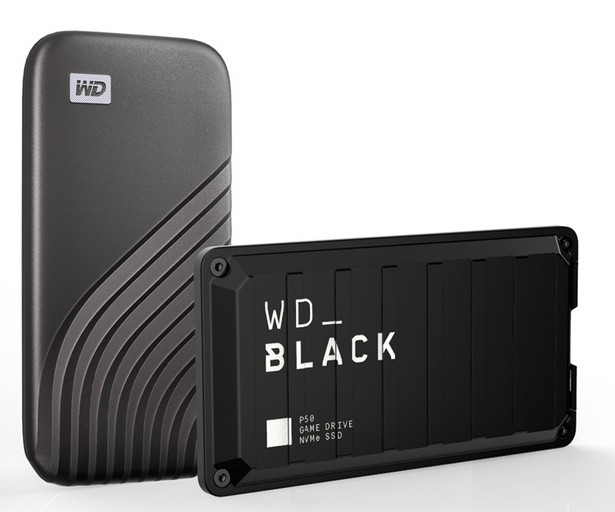Western Digital stops producing SSDs
10.03.25
Western Digital (WD), one of the leading manufacturers of solid-state drives and hard drives, is discontinuing the production of SSDs. The company has officially completed the separation of its NAND memory division, transferring it to SanDisk.
WD will now focus exclusively on hard drives, and SSD production will be continued by SanDisk, which actually led this direction last year. WD’s flash operations initially depended on the production of Kioxia (formerly Toshiba), and most likely SanDisk will continue to cooperate with this or another supplier, for example Samsung.
For users, this means only a change of brand: new WD SSDs will no longer appear, but analogues will be sold under the SanDisk brand. However, the question of positioning remains open – the SanDisk name is traditionally associated with memory cards, not high-performance SSDs.
This move was not a surprise, since it was announced back in October 2023. Additionally, WD has recently faced problems in this segment, including lawsuits over SanDisk external SSD failures.
Gamers accustomed to the WD Black SN850X and other popular models will now have to rely on SanDisk products or competitors such as Samsung and Crucial.
Don't miss interesting news
Subscribe to our channels and read announcements of high-tech news, tes
Oppo A6 Pro smartphone review: ambitious

Creating new mid-range smartphones is no easy task. Manufacturers have to balance performance, camera capabilities, displays, and the overall cost impact of each component. How the new Oppo A6 Pro balances these factors is discussed in our review.
Top news of 2025 on hi-tech.ua

Our editorial team traditionally sums up the results every year. We recently showcased the editors’ top devices. Now it’s time to share the top news stories from hi-tech.ua in 2025.
Jaguar has released its last car with an internal combustion engine car
Jaguar has officially put an end to the history of production cars with internal combustion engines. The last F-Pace crossover has rolled off the assembly line at the Solihull plant in the UK
Samsung announce 5 new Odyssey gaming monitors 2026 monitor Samsung
Samsung Electronics announced the release of the 2026 Odyssey gaming monitor line. The company introduced five models at once, emphasizing increased resolution, refresh rate


